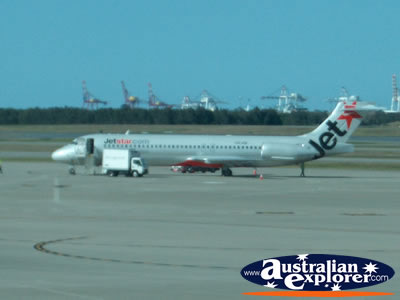
Airplanes are machines that can fly. Ballons fly because they are lighter than air. Airplanes need engines to lift them into the air and keep them going.
The early planes had no engines. They were like kites or gliders. On December 17, 1903, Orville and Wilbur Wright became the first men to fly in a plane that had an engine.
In 1909, a Frenchman named Louis Bleriot was the first man to fly across the English Channel. He was also the inventor of the monoplane. A monoplane has one wing instead of two. Bleriot’s design became the model for the airplanes we use today.
In World War I, airplanes became war weapons. Pilots shot at each other from planes high in the sky. After the war, planes were use to carry mail and to explore new places. But there were very few flights that carried passengers. Then, in 1927, Charles A. Lindbergh flew his plane, The Spirit of St. Louis, nonstop from New York to Paris.
Lindbergh became an international hero. His flight made people believe in the idea of longdistance passenger airplanes. Travel by airplane began to grow. At first there were few airfields. Many airlines used seaplanes. They had pontoons-boat-shaped “feet” so that they could land on water.
Airplanes played a major role in World War II. During the war, the jet engine was developed. Jet planes can fly faster and carry more passengers than planes with engines that have propellers. In the 1960s, a new kind of jet engine called the turbofan was invented. Turbofan engines have more power than jet engines. Planes with turbofan engines can be built larger to carry more passengers.
Today, the fastest passenger plane, the Concorde, can fly across the Atlantic Ocean in just over three hours.
No comments:
Post a Comment